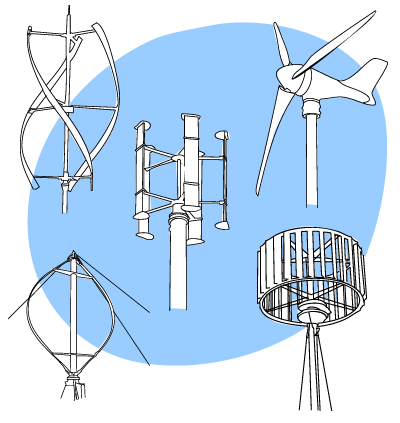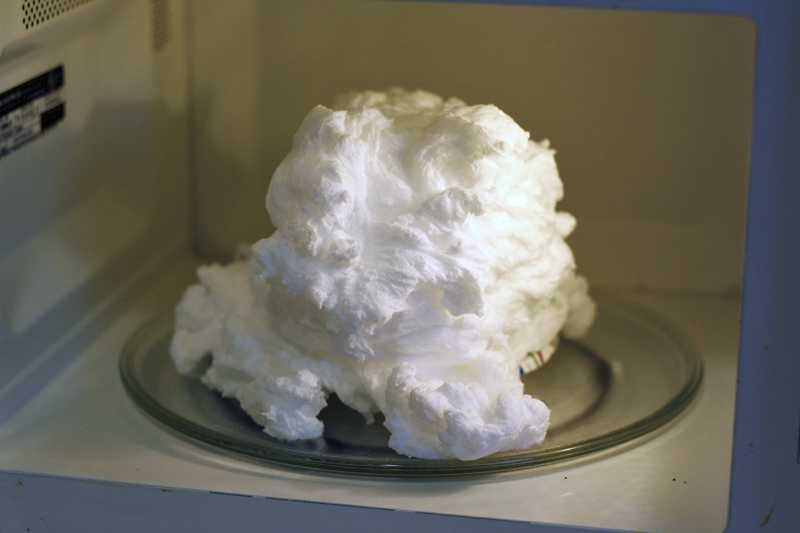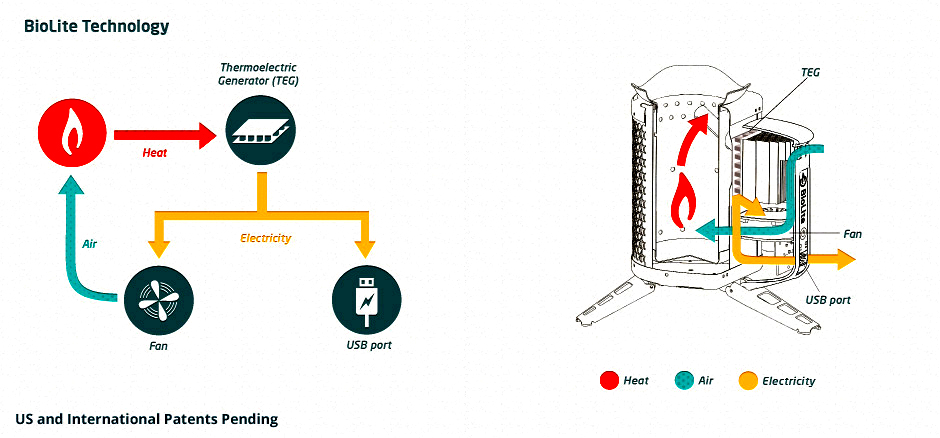As part of our class, we visited Boston’s museum of science in order to see some of the things we have been learning about in action. We collected information about various exhibits and spent the afternoon looking at related topics.
The first exhibit that was related to our syllabus was the “Catching Wind” exhibit about the use of wind energy and its productivity in the New England area. The exhibit first gives a quick introduction about how wind occurs in the first place (warm air rising and cold air moving to fill the space) and how the wind energy is measured (kilowatts). The next section of the exhibit breaks down the parts of the turbine and how they actually produce energy when moved by the wind. It also shows a map of Massachusetts and where the wind turbines are located (there are only a few) due to the fact there are few open spaces large enough to house these turbines. The last panel in the exhibit gives pictures of each different kind of wind turbine and how much energy each prospective device generates. Some very clearly produce more than others but are also much larger and require higher wind power to use them.

The next exhibit that we viewed was titled “conserve at home” and was designed to teach the average consumer ways to save electricity and energy in and around their homes. One specific part of the exhibit explored the different lightbulbs options that people use within their homes and how much energy required to power each one. It required the participant to crank a generator until the lightbulb was powered on thus demonstrating which lightbulbs required more energy than others for the same amount of illumination. It concluded that LED lightbulbs only need 8 watts of energy, CFL lightbulbs only need 9 watts of energy, while incandescent lightbulbs need 40 watts of energy to produce the same 450 lumens. I liked this exhibit because you could clearly see how much more energy certain lightbulbs required over others when you had to power the generator yourselves.
Although we have been learning about solar energy through phovoltaics I found one exhibit interesting that explored the other ways we can harness solar energy. Solar collectors use mirrors to reflect all sunlight into one central point which generates enough heat to boil water and use the steam in the same way a coal or petroleum plant would. According to the exhibit, there are three collection methods: towers, troughs, and parabolic dishes.
Below is an example of how the sunlight is reflected to heat the water.

The last exhibit we saw that related to class was titled “Investigate!”. It featured many things relating to our everyday lives and demonstrated many things that you possibly knew about but never understood. For example, one of the parts of the exhibit explored why some foods grow mold quicker and greater than others? Another part of the exhibit (which unfortunately wasn’t up and running) was to investigate if styrofoam cups really your drinks hotter longer? My favorite part of the exhibit however was to investigate what happens when you put various objects in the microwave. I was already aware of what happens which you put marshmallows in the microwave since I have previously done it but what surprised me was what happens when you put soap in the microwave (a similar reaction) and when you put a lightbulb in the microwave (a subsequent energy surge).
This is what happens when you put soap in the microwave for all who wondered as well:






